On the last ‘road of life’ to Severodonetsk as fighting rages around Ukraine’s final frontier town
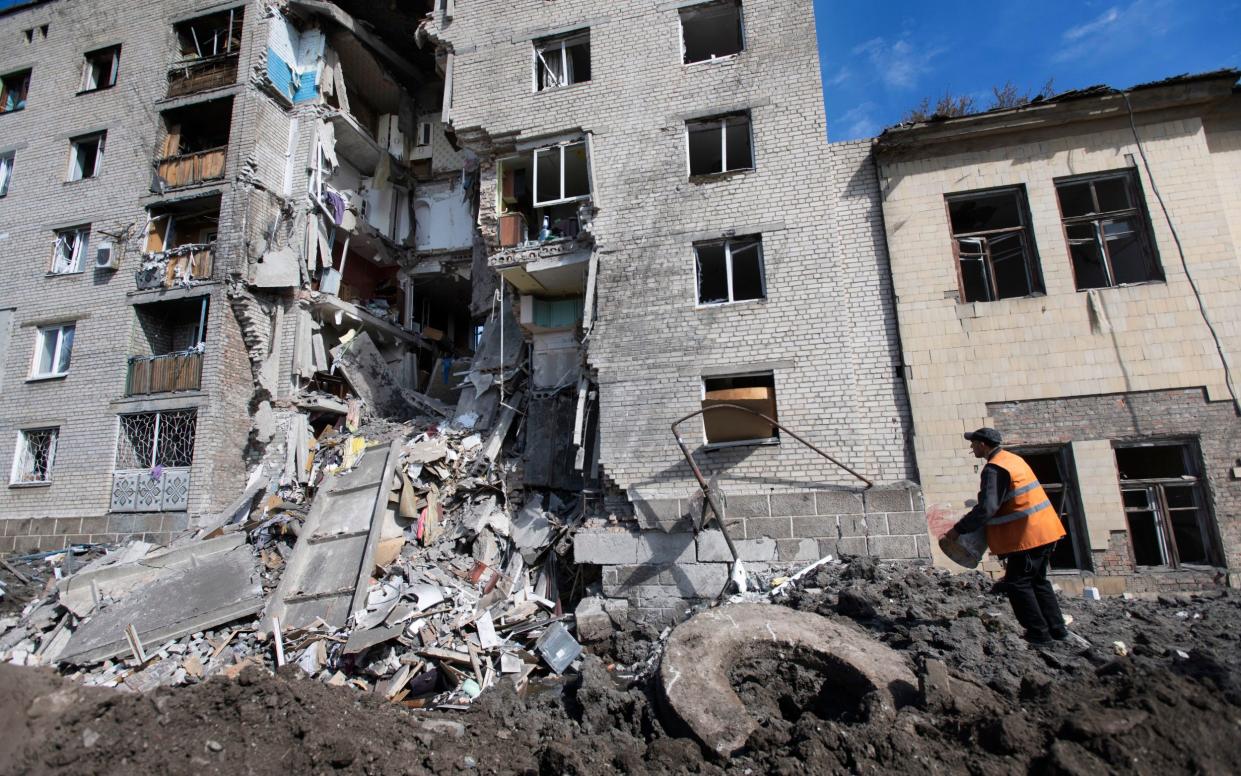
The last road of life to Severodonetsk ends at a deathly silent crossroads framed by earthworks and tank traps.
A few hundred metres away, a child herds a small group of cows, ignoring the distant artillery thumps.
But the ribbon of pot-holed tarmac disappearing into the green summer haze is deserted. And with good reason.
Severodonetsk, the town at the other end of this road, is the last Ukraine-controlled foothold in the Luhansk region and the epicentre of a bitter, weeks-long battle that Volodymyr Zelensky, the Ukrainian president, on Thursday said threatens to completely destroy this region.
And the Russians on Friday stepped up their efforts to cut it off, threatening an encirclement.
“In Donbas, the occupiers are trying to increase pressure,” he said in his nightly video address. “There’s hell, and that’s not an exaggeration.”
In March, after their assault on Kyiv had clearly failed, Vladimir Putin, the Russian president, and his generals declared more limited war aims for their invasion of Ukraine - the “liberation” of the Donetsk and Luhansk regions, the two eastern coal-producing provinces together known as the Donbas.
Their grand offensive to achieve that began a month ago, sparking a battle that can be compared in geographic scale to those of the Second World War.
The main Russian effort in the Donetsk region has largely stalled around the town of Izyum in the face of determined Ukrainian resistance.
In the Luhansk region, Severodonetsk and Lisichansk - its sister town on the opposite bank of the Siverny Donets river - have become a mini-Verdun, drawing in ever-increasing numbers of troops from both sides as the Ukrainians try to hold up the slow but inexorable Russian advance.
If they fall, the Russians will quickly be able to say they have “liberated” the Luhansk region, achieving at least one of Putin’s war aims.
And they are pouring vast amounts of men and firepower into the effort to cut this last, slender supply line.
They already have artillery within range of the road and Serhiy Haidai, governor of what is left of the Ukrainian-controlled Luhansk region, said it is “50-50” whether daily humanitarian convoys of armoured cars come under fire.
On Friday morning, there were reports that a Russian breakthrough from Popasna, to the east, had brought them within a few kilometres of the road.
Mr Haidai denied that in the afternoon, telling The Telegraph that there had been no breakthrough and the situation was “very serious but stable”.
But he confirmed Ukraine’s ability to keep the road open is increasingly precarious. “The shelling is the problem," he said. "We have all the humanitarian aid we need, if only we can deliver it.”
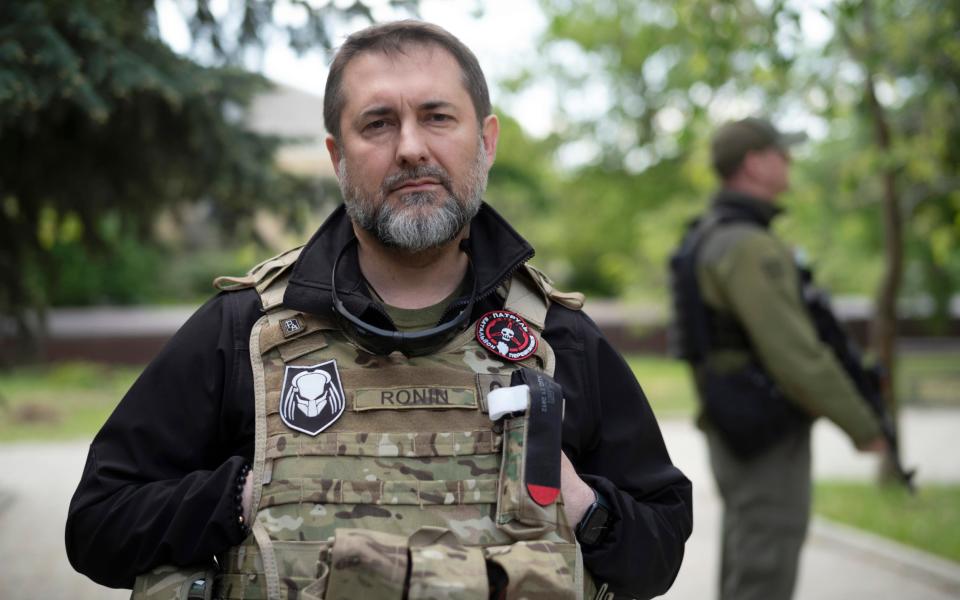
When Mr Zelensky spoke of hell, he was not exaggerating.
The human costs of the vast artillery duel unfolding across the Donbas, where shrapnel and shockwaves are more feared than bullets, are mounting rapidly.
In a military hospital behind the lines on Friday, surgeons and nurses scrambled to load and unload newly-arrived casualties, while the walking wounded smoked cigarettes outside.
Prone men under aluminium shock blankets arrived on stretchers. A soldier, his face twisted in agony, leaned on a comrade to limp into the overcrowded trauma unit.
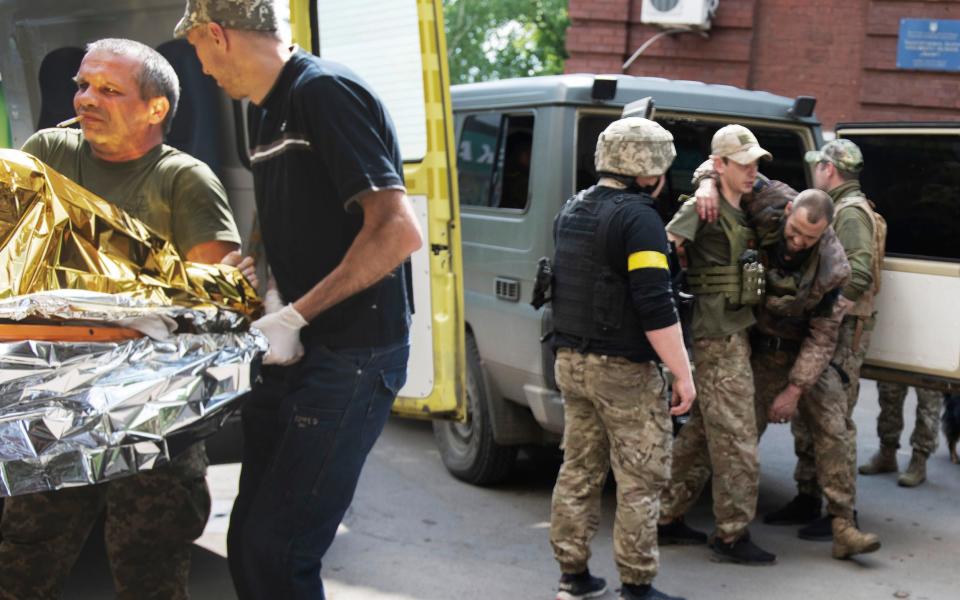
The civilian cost is no less grim.
Twelve people were killed in Severodonetsk on Thursday.
On Friday morning, three more died when a school - the basement of which was being used as a shelter - was hit, Mr Haidai said.
“I’ve got a video, if you like,” he said, offering his phone. “But why would you want to see it? There’s been so many of those videos.” The shock of seeing neighbours and friends dismembered by explosives was an aspect of the war that had a particular impact on people, he reflected.
There have been plenty of examples in those towns to draw that lesson from over the past three months.
About 50,000 civilians remain in Ukrainian held territory, he said. They are largely a mixture of elderly people who refuse to move, those who stayed because they could not quite conceive that "it could happen to them" and a small number of people with separatist sympathies who would welcome the “Russian world”, he said.
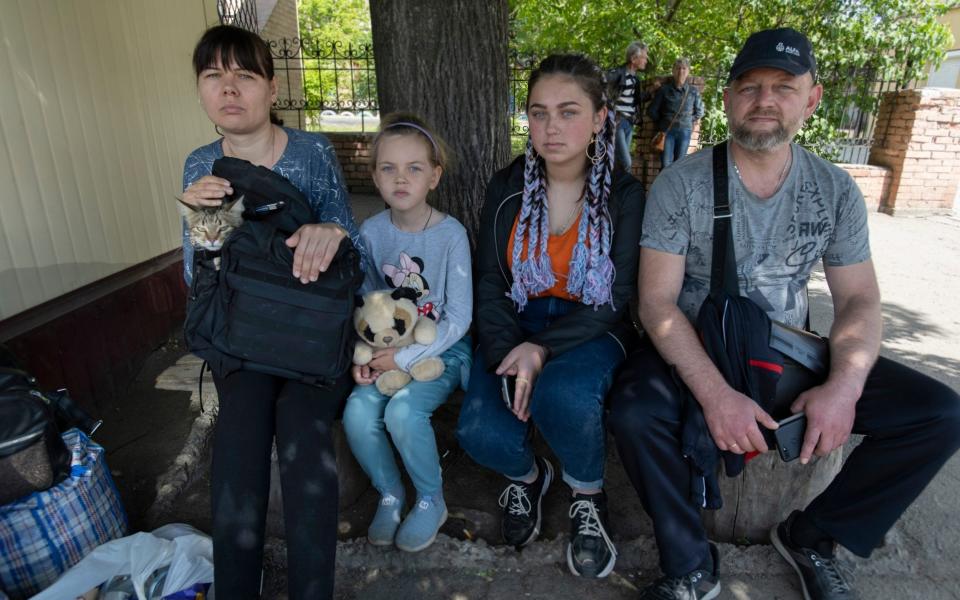
But the destruction is not confined to the very frontline.
The long-range artillery, cruise missiles, airstrikes and drones that define this war can deliver ordnance almost anywhere across the 50-mile wide Donbas salient.
On Thursday morning, Lyudmila Vyshepan had just finished checking on her daughter’s empty apartment in Bakhmut when she heard a loud explosion announcing another strike had landed somewhere in the city.
“I was down the stairs and the door had already shut when I heard it. But I didn’t think it was around here,” she said on Friday.
But sound can play strange tricks. When she rounded the corner, she found that an airstrike had taken out not only the flat she had just left, but the entire five-storey section of the block of which it was a part.

By a miracle, neighbours said, no one was seriously hurt in the strike on number four Vasila Pershina street.
Some, like Mrs Vyshepan's daughter and her family, had already evacuated Donbas.
In the ground-floor flat, Tania Berizhnya was shaken awake, but like Mrs Vyshepan assumed the explosion had happened somewhere else - until she saw that her balcony was hanging off.
She and her mother have resolved to leave. Mrs Vyshepan, like many people of her age, is refusing to.
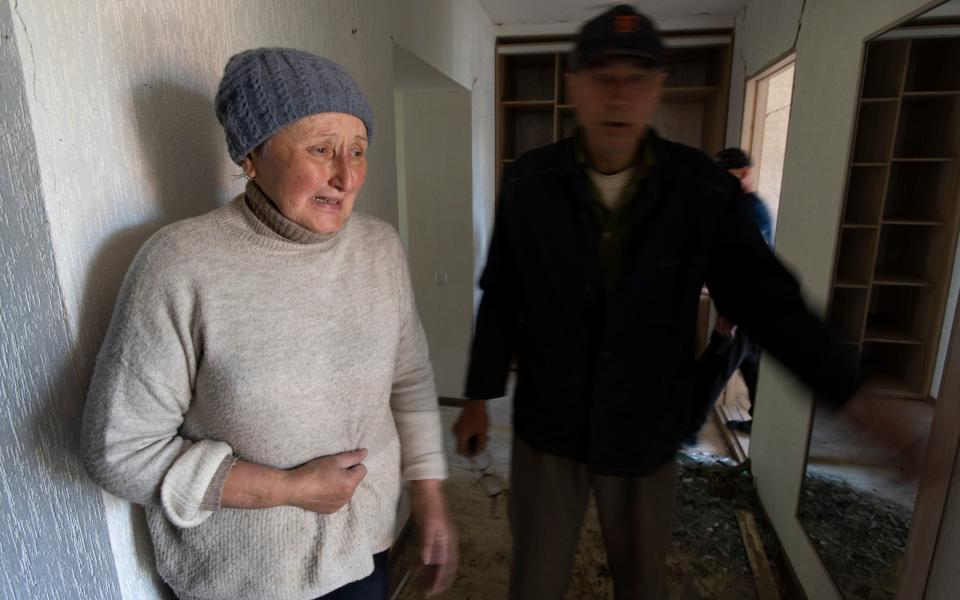
“I'm not going anywhere. What will be, will be,” she said as she took a break from removing furniture from the precarious ruins of the flat, now without a wall or a kitchen.
“We will take this stuff to our place. They were so proud of this flat, spent two years renovating it. A new gas cooker, the floor,” she added, holding back tears.
Bakhmut today is not yet a frontline city. The nightmare at Severodonetsk is 40 miles away.
On the market square, soldiers shop for lunch among civilians from neighbouring towns waiting for evacuation buses.
But it could become a much more dangerous place in the weeks to come.
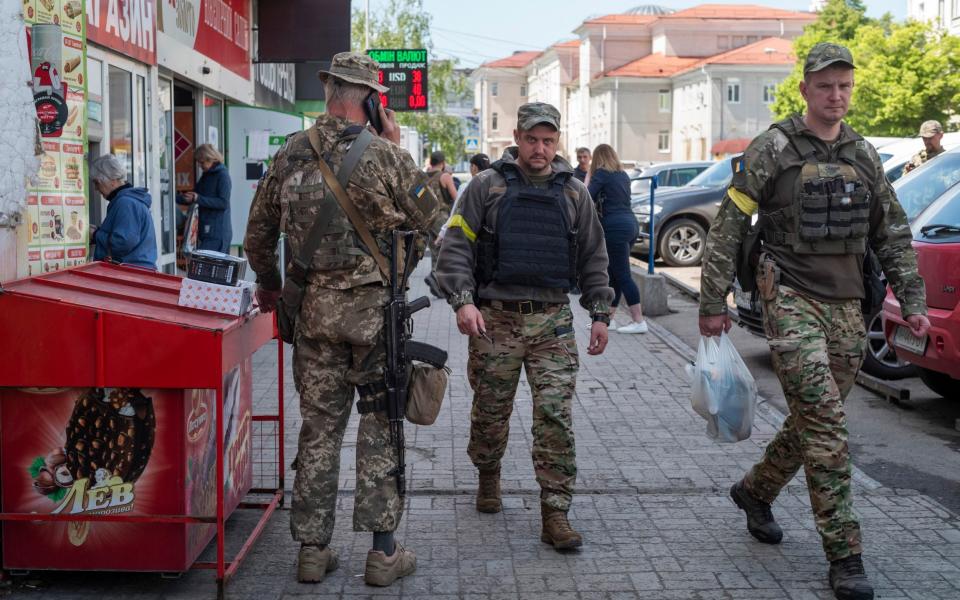
The Russian advance in this area may be slow, but it is undeniably making progress.
The prospect of the road being cut and Severodonetsk becoming encircled and eventually falling is “unpleasant, but I am an adult. I understand it could happen”, said Mr Haidai.
He himself is already something of a refugee, unable to operate in his own region and trying to do what he can to coordinate humanitarian efforts by phone from the neighbouring Donetsk region.
But he does not like the idea of giving up.
“What are they meant to do? It’s war. Our forces are tying down a great number of enemy troops there,” he said when asked whether it was time to consider a withdrawal of both civilians and troops threatened with encirclement.
“The Russians are determined to take it so they can say an objective was given and finally they have some kind of result. At least some kind of result. And the longer we can hold on there - or just hold on to even one or two towns in the Luhansk region - the longer we deny them that.”
If Donbas can hold out through June and July, he said, it will buy enough time for Ukraine to train new regiments and re-equip with western equipment in preparation for a strategic counter offensive to defeat the invasion.
Like many Ukrainian officials, he believes that is not only possible - but the only way to end the war.
“Putin talks about demilitarisation. It’s essential Russia is demilitarised. Because,” he added, coming close to losing his temper: “It’s a rabid beast. A rabid beast. And it’s impossible to stop fighting, because it won’t stop in Ukraine.”

 Yahoo News
Yahoo News 
